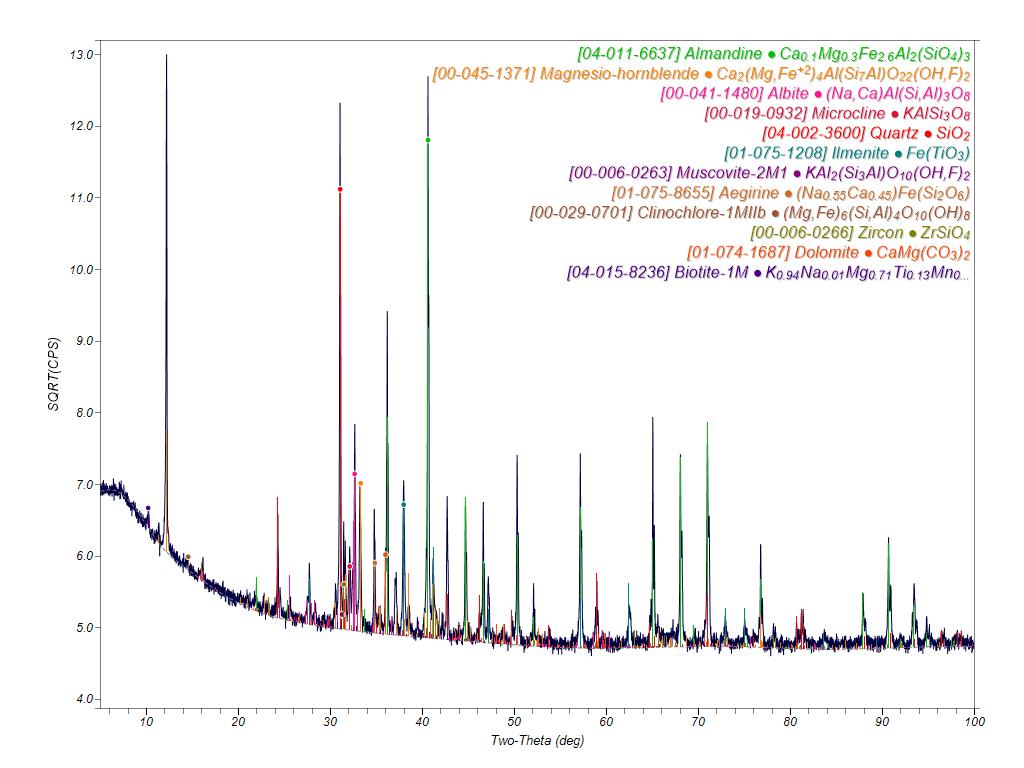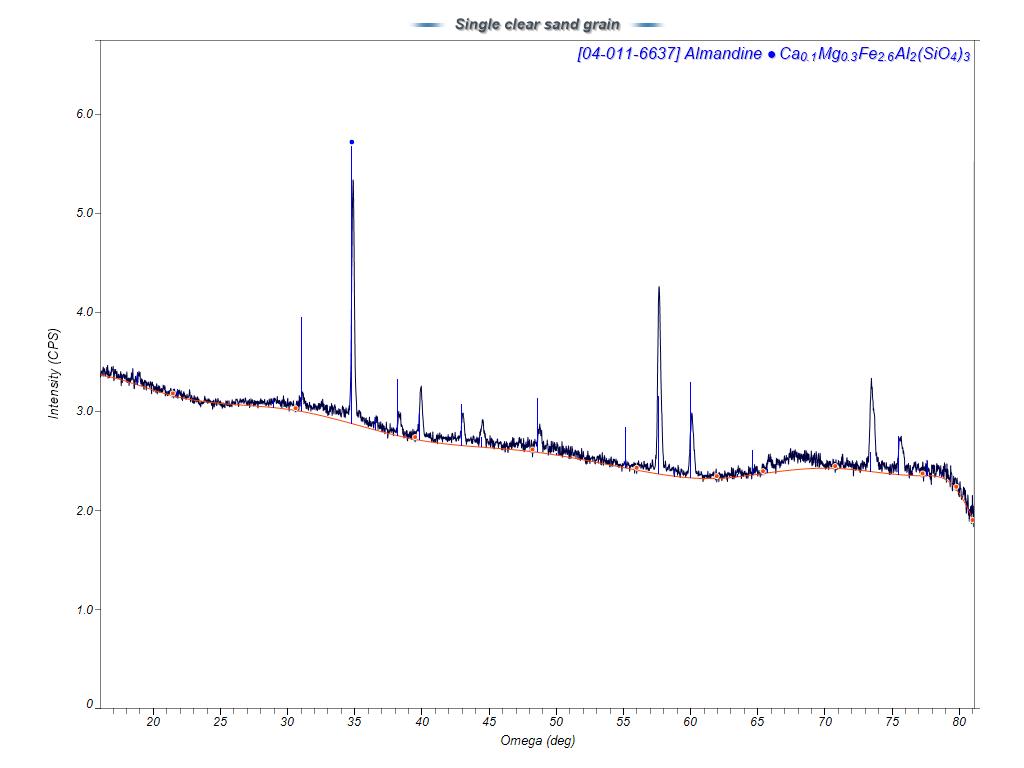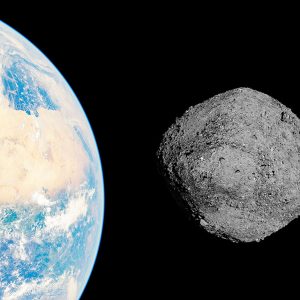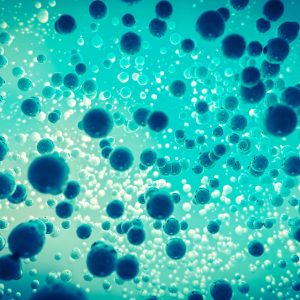
Product Reliability Testing Webinar
Wednesday, March 26, 2025
In this webinar, we will show you how Eurofins EAG supports you in the various phases of reliability testing to come to a robust product, including the different types of actual testing.
Home » Using MicroXRD to Identify the Composition of Sand
As summer approaches and temperatures begin to rise, I get excited just thinking about the upcoming beach days I have planned for vacation. I can imagine my toes digging into the sand and my skin soaking up all the vitamin D as I gaze into the ocean. During my last visit to Hawaii, I loved walking along the white sand beaches every day. I remember the sand being so smooth on the bottom of my feet. As a plus, the sand provided a natural exfoliation as I walked! With that said, have you ever wondered where that texture from the grains of sand comes from?
The beautiful white beaches are likely composed of either quartz (SiO2) or two polymorphs of calcium carbonate (CaCO3) depending on whether the sand was produced by the ocean pulverizing granite or a big pile of seashells. Sand from these kinds of beaches can easily be investigated with a traditional X-Ray Diffraction (XRD) tool and bulk sample. But sometimes, the mineralogy of the sand is much more complex. In the data below, we analyzed sand from Pfeiffer Beach in Big Sur, CA using a traditional diffractometer. This beach is pretty unique because it has pink sand due to the erosion of garnet (X3Y2(SiO4)3 where X=(Ca, Mg, Fe or Mn)+2 and Y=(Al, Fe or Cr)+3). At least 12 crystalline phases were identified, often based on just a single weak peak. And with so many diffraction peaks, it is quite easy to miss some weak phases.


To try to simplify the data and potentially confirm some of the phases, we decided to do microdiffraction on an individual sand grain. The bottom left picture below shows that the sand grain is about 150×200 µm in size. This grain turned out to be a single crystal, so instead of smooth arcs at particular d-spacings, we got only a few dots. We can increase the odds of a plane in the crystal coming into diffracting conditions by both rotating and tilting the sample stage during data acquisition. The bottom right picture shows the 2D frames acquired on the sample. The arcs can be integrated to convert the 2D frames into a more standard diffractogram. This data in the last figure shows the best matches for this clear grain after comparing the data to the ICDD diffraction database. The best match is almandine which is a type of garnet. In fact, it is manganese incorporated into the almandine crystal structure which gives Pfeiffer Beach sand its characteristic purple hue.

One may not be interested in really knowing what sand is made of; however, this data demonstrates that XRD analysis can be used on many scientific and technology-based applications where you may want to identify the crystalline material in a very small area or volume, such as glass defects or inclusions, integrated circuits, LEDs and more.
Contact us today to learn how we can help you to better understand your crystalline materials at a smaller scale.


Wednesday, March 26, 2025
In this webinar, we will show you how Eurofins EAG supports you in the various phases of reliability testing to come to a robust product, including the different types of actual testing.

It’s cool to know that some of the analytical techniques available at EAG, such as SEM and XRD, are being used to analyze a sample from space! How awesome is that?

APT is a nanoscale materials analysis technique that provides 3D spatial imaging and chemical composition measurements with high sensitivity simultaneously.

For over 40 years, EAG has been involved in the entire glass value chain, from raw starting materials to final products.
To enable certain features and improve your experience with us, this site stores cookies on your computer. Please click Continue to provide your authorization and permanently remove this message.
To find out more, please see our privacy policy.